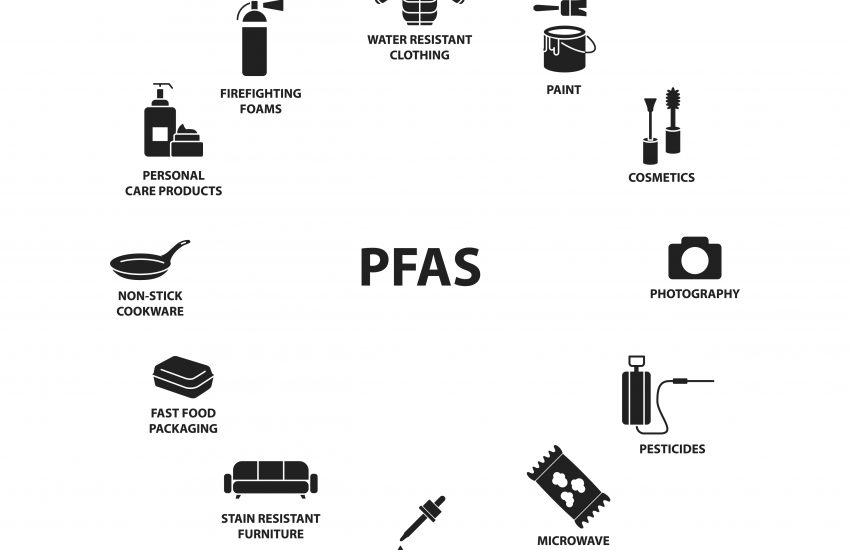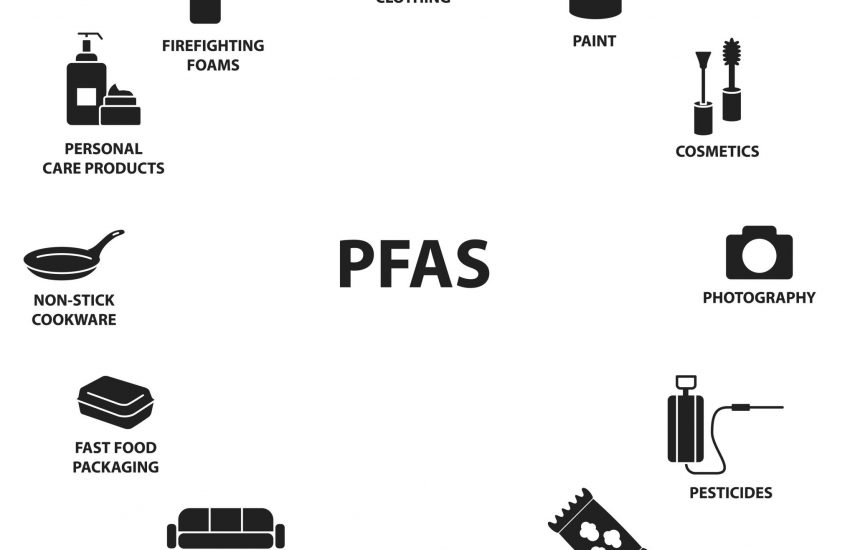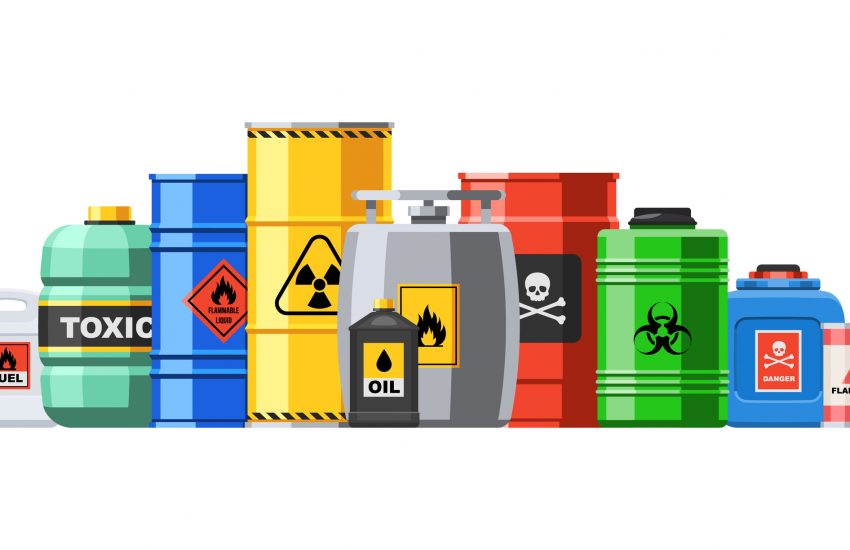By Joshua Fine, Manager, Environmental Claims, Crum & Forster and George Buermann, Partner, Goldberg Segalla LLP
Seventy-nine percent of plastic waste ends up in landfills or the environment, much of which eventually ends up in our oceans. A March 8, 2023 study, estimated the average amount of small plastics in the ocean surface layer using available data on floating ocean plastics from 1979 through 2019 at 171 trillion plastic particles, mostly microplastics, weighing at about 2.5 million tons. Nurdles are “microplastic resin pellets” generally under …
Continue Reading









